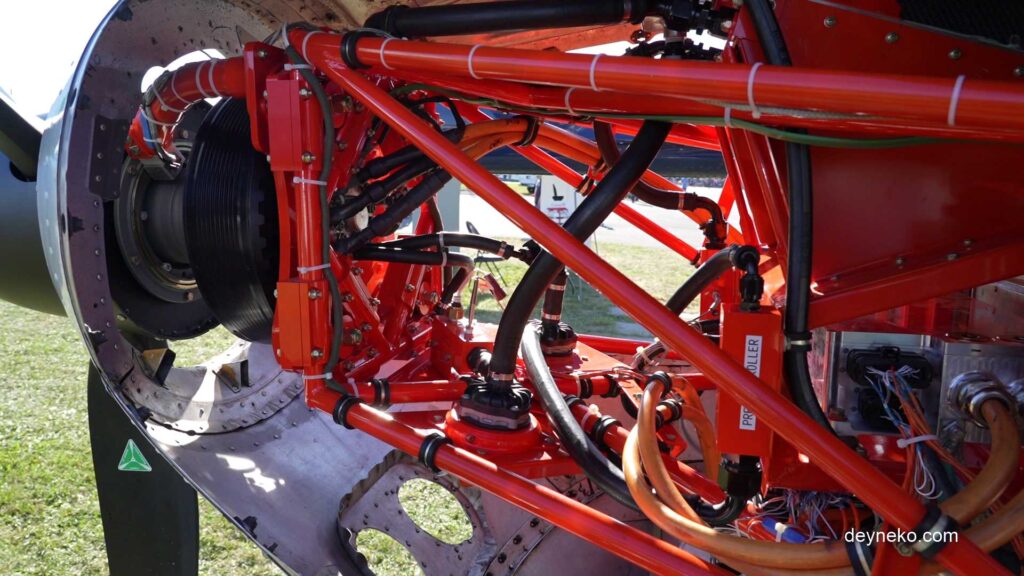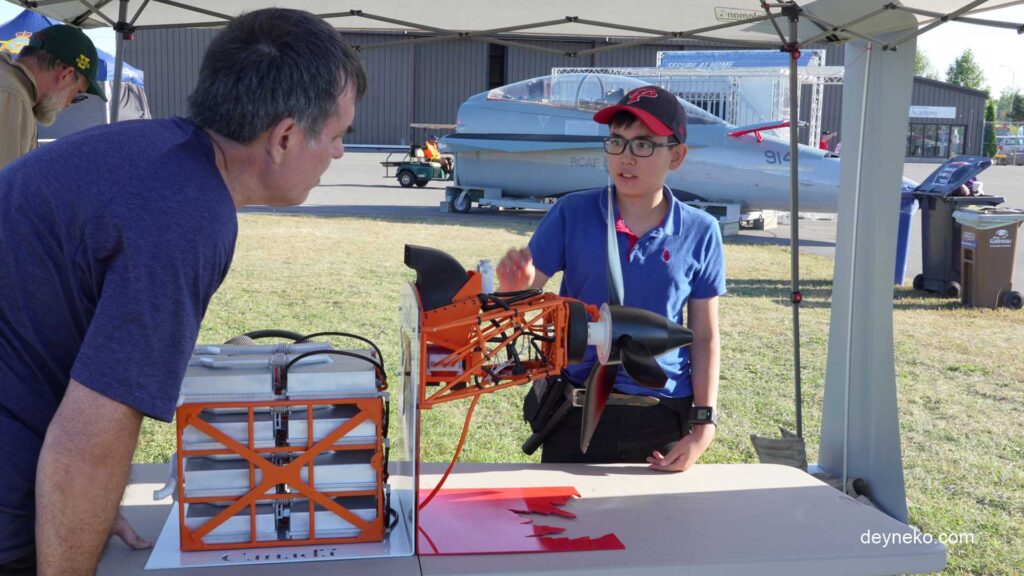Hybrid Electric Aircraft Testbed based on the Cessna 337 – a lightweight electric motor weighing 80 pounds, but 1000 pounds of batteries…
The video contains two audio tracks (English and Russian), so make sure to select the right one for you. English subtitles are also available.
Why is the Cessna 337 considered a Hybrid Electric Aircraft?
The Cessna 337 Skymaster is a twin-engine airplane with a unique design developed by Cessna. The distinctive feature of this aircraft is its configuration with two engines arranged in a longitudinal “push-pull” layout. It is this unique central-line thrust design that made the aircraft ideal for testing an electric engine. If, for example, an aircraft with engines on the wings were used, it would create many problems. The power output of piston and gasoline engines can vary, and the electric engine can be tested under different loads or even turned off completely. Additionally, we cannot forget the significant difference in weight!
The tail of the hybrid Cessna 337 is labeled “HEAT.”
This doesn’t mean that someone is hot 🙂 it stands for “Hybrid Electric Aircraft Testbed.”
“In this aircraft, we balance front to back by placing the batteries in the rear of the fuselage behind the pilot. The centre-line thrust allows us to idle the front engine while we evaluate the performance of the electric system on the back,” said Patrick Zdunich, , the NRC’s Technical Lead of the Hybrid Electric Aircraft Testbed (HEAT) project.
In 2019, the Aerospace Research Centre joined forces with the Energy, Mining, and Environment Research Centre, as well as with the Design, Manufacturing, and Construction Centres, to convert the Cessna 337 to hybrid-electric propulsion. As you may have seen in the video, the rear piston engine was replaced with an electric one, and a bunch of batteries were placed in the rear cabin. The weight of the front gasoline engine is just under 200 kg, while the weight of the electric engine is only about 40 kg! But don’t jump for joy just yet… the total weight of the batteries is around 400 kg! And with this heavy load of batteries, the engine can run for only about an hour!

According to Patrick Zdunich, the technical lead for the HEAT project, aviation will follow the same path as cars, starting with hybrids, as the initial flight range is limited. “As with the automotive industry, we will eventually develop electric planes with a very practical range. And hybrids are just the first step toward revolutionizing the entire aviation ecosystem. In other words, this is just the beginning!”
The team’s conclusions and recommendations are also being shared with Transport Canada, the Canadian regulatory body. One of the goals is to help Transport Canada develop criteria for certifying electric systems and configurations for new aircraft.
